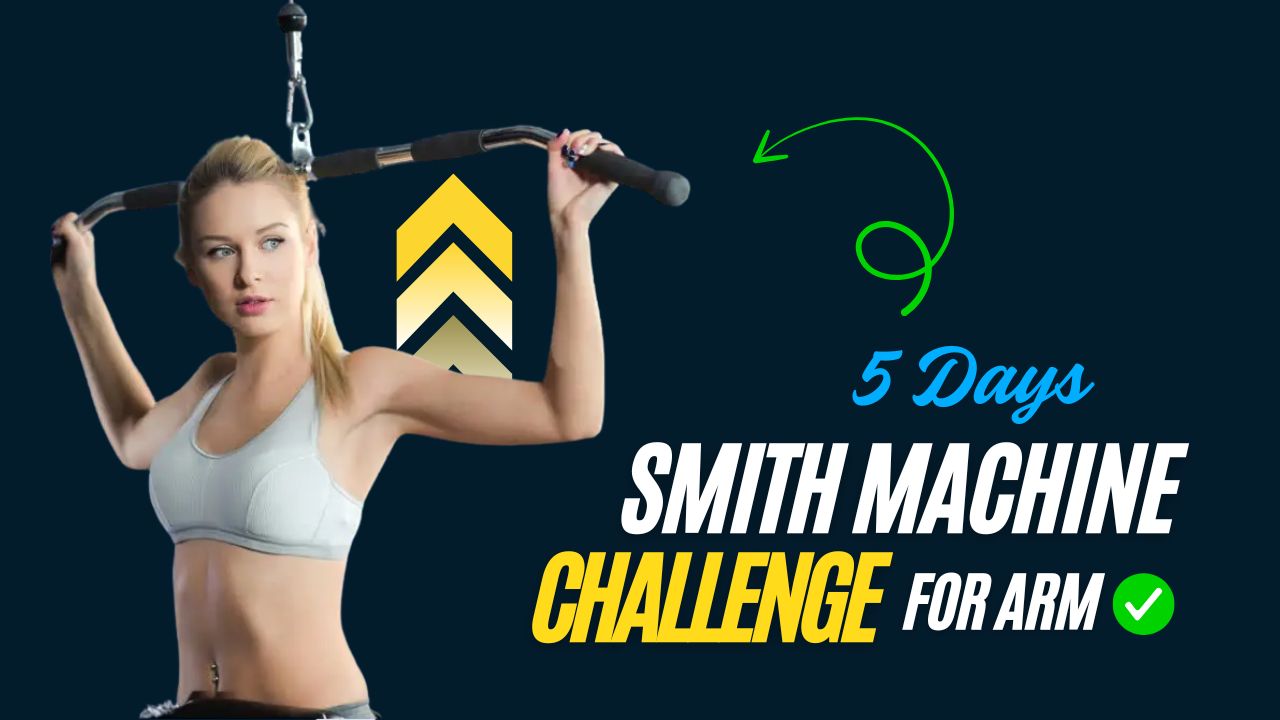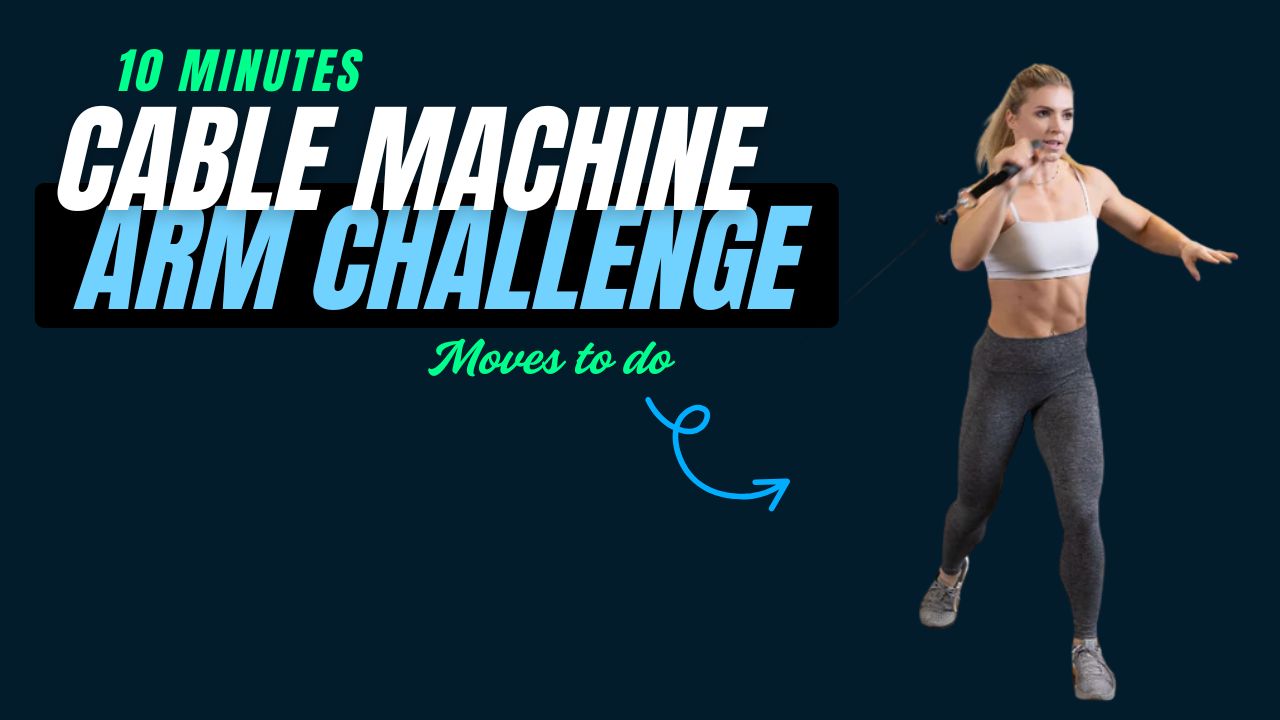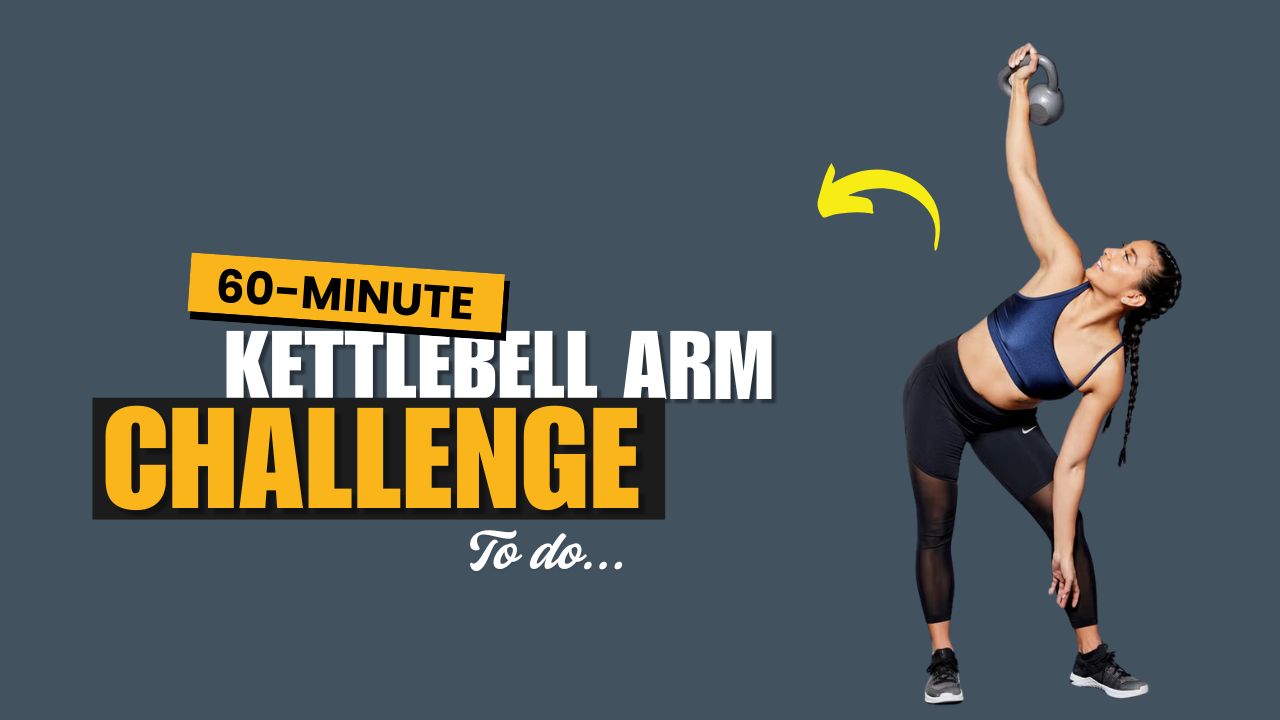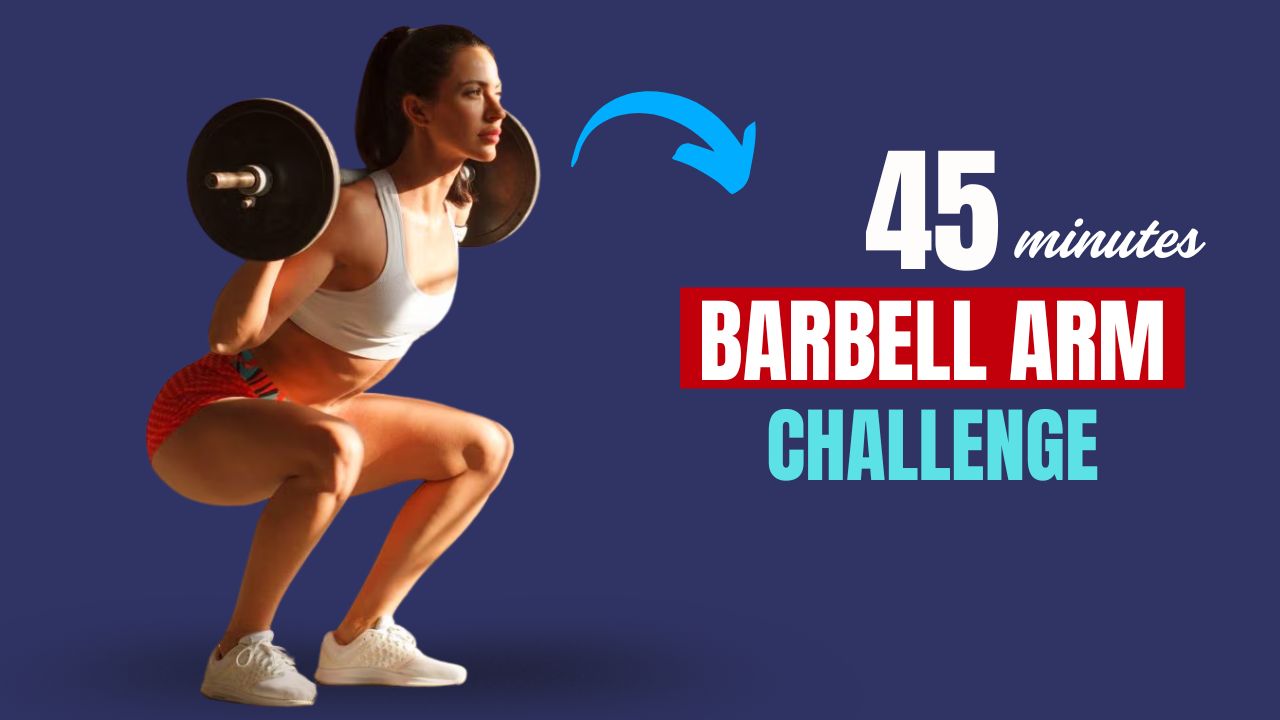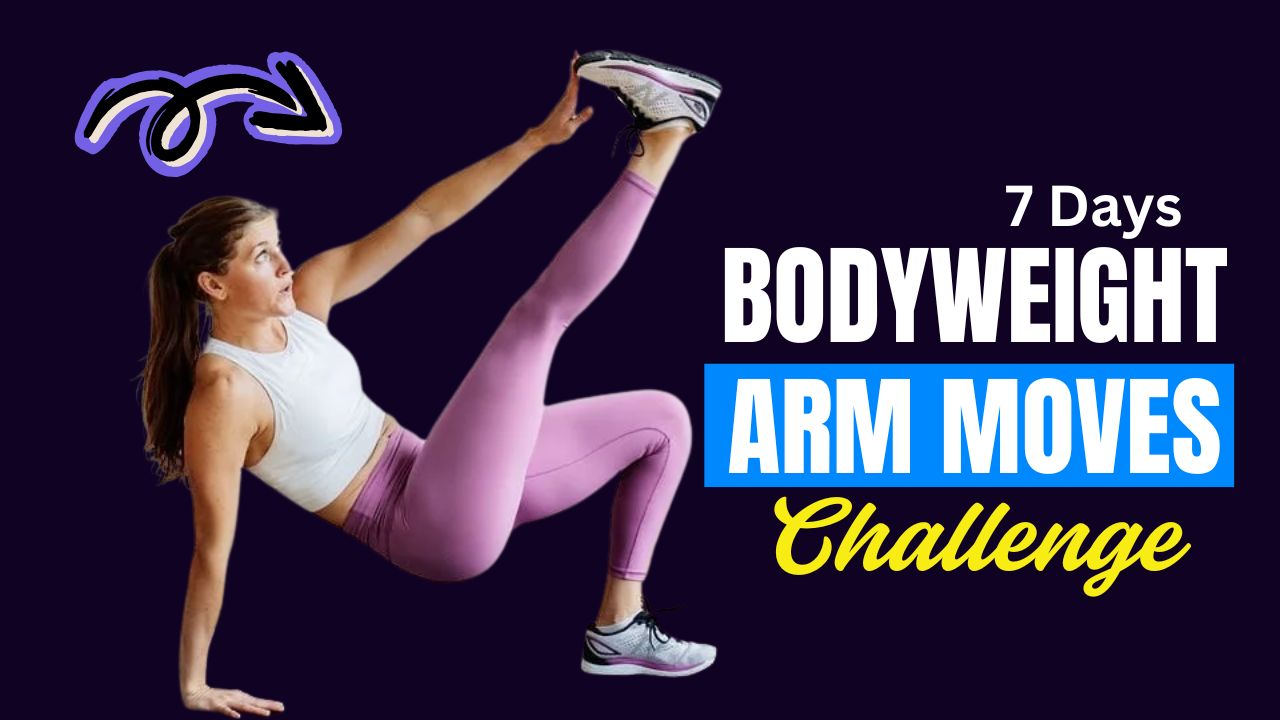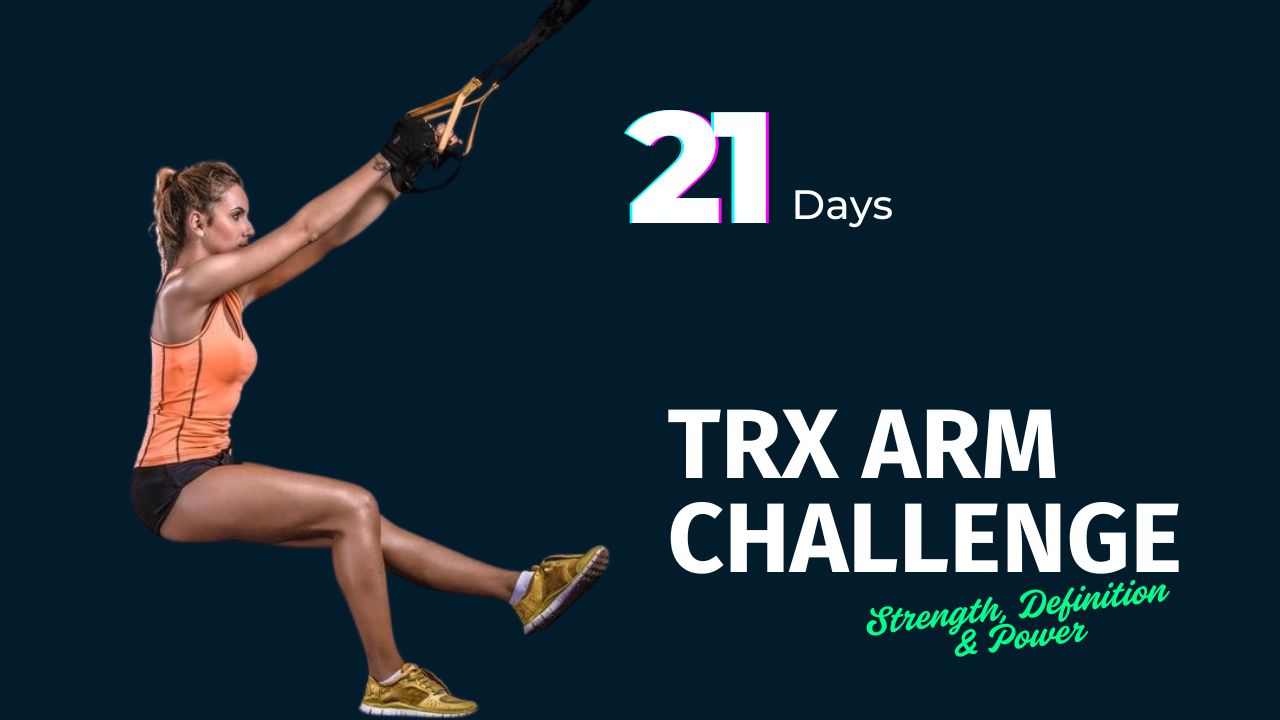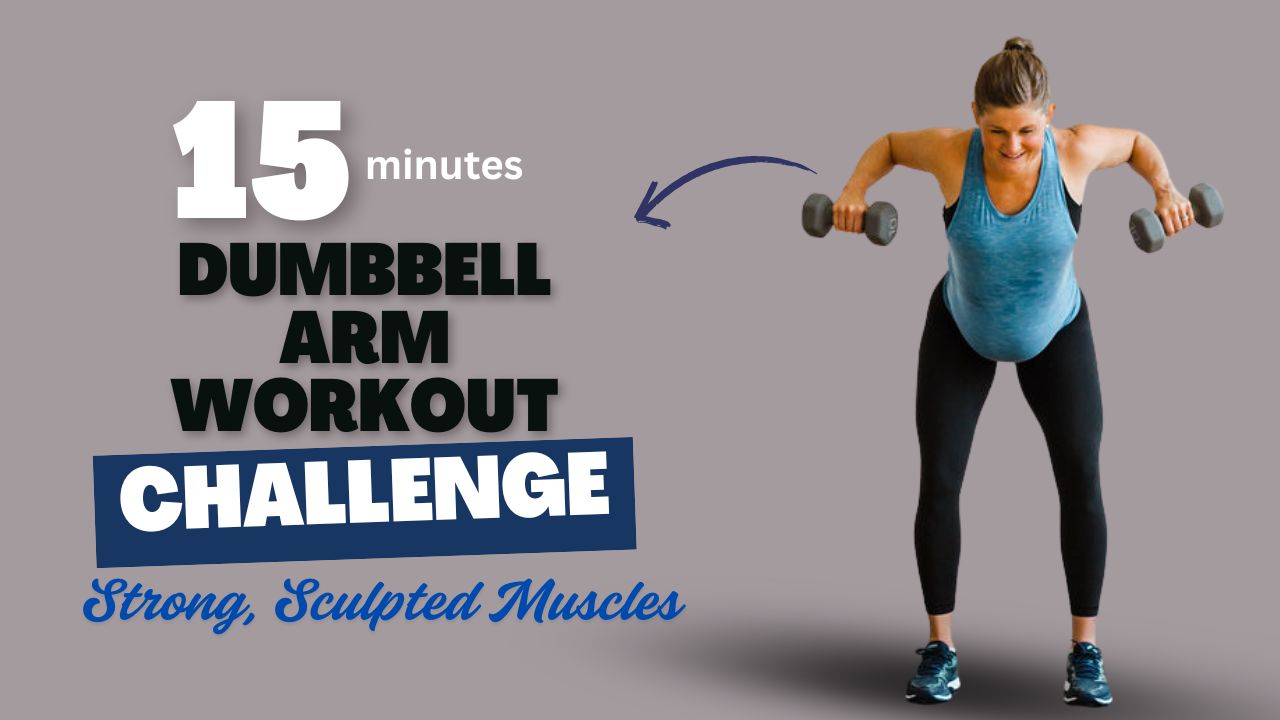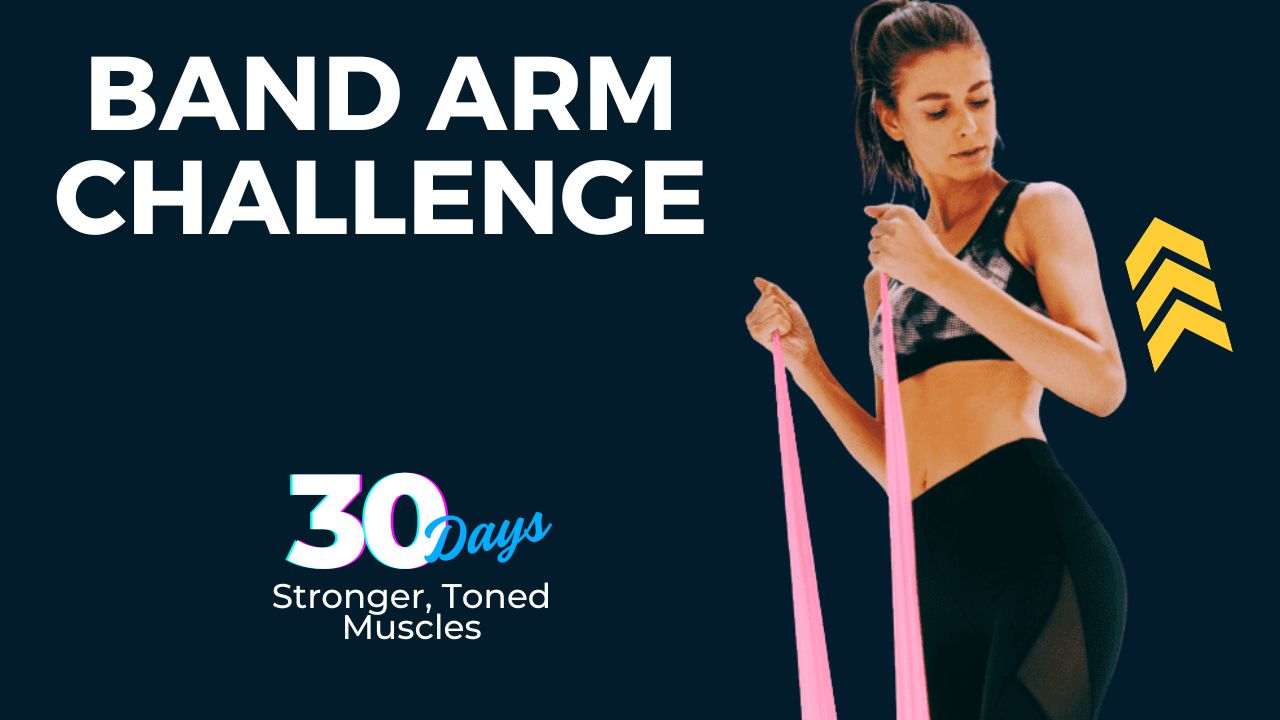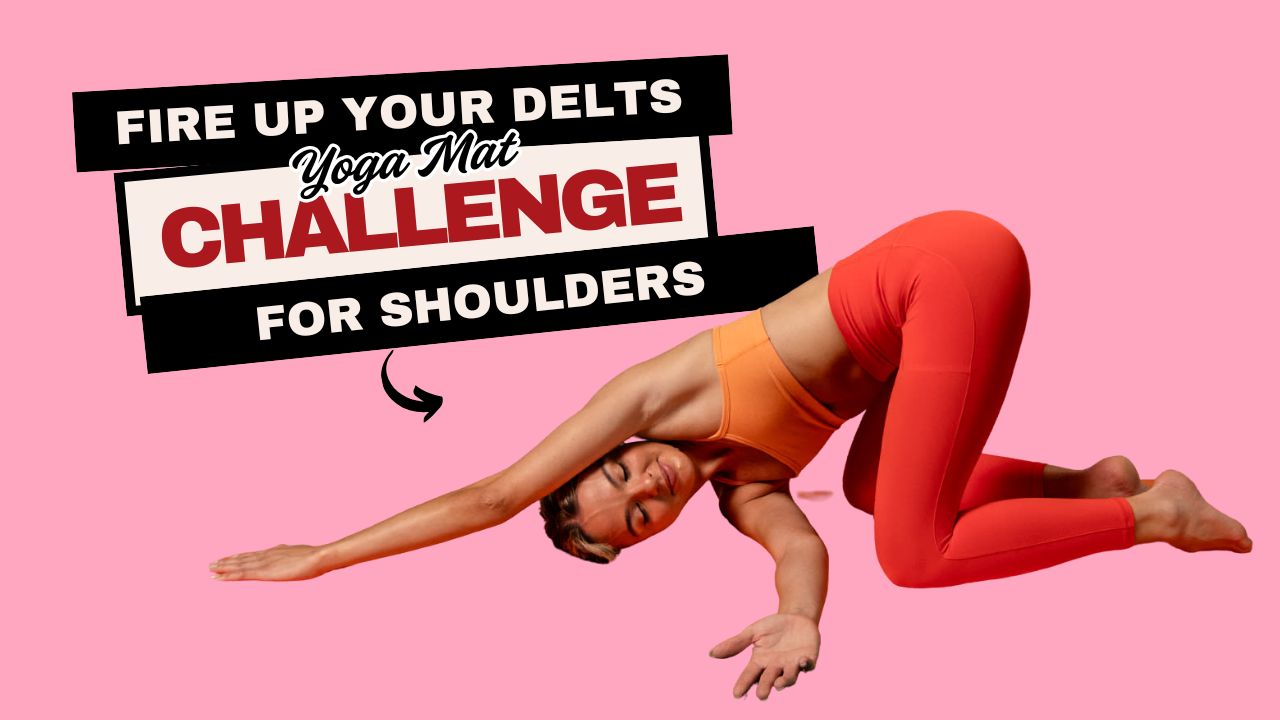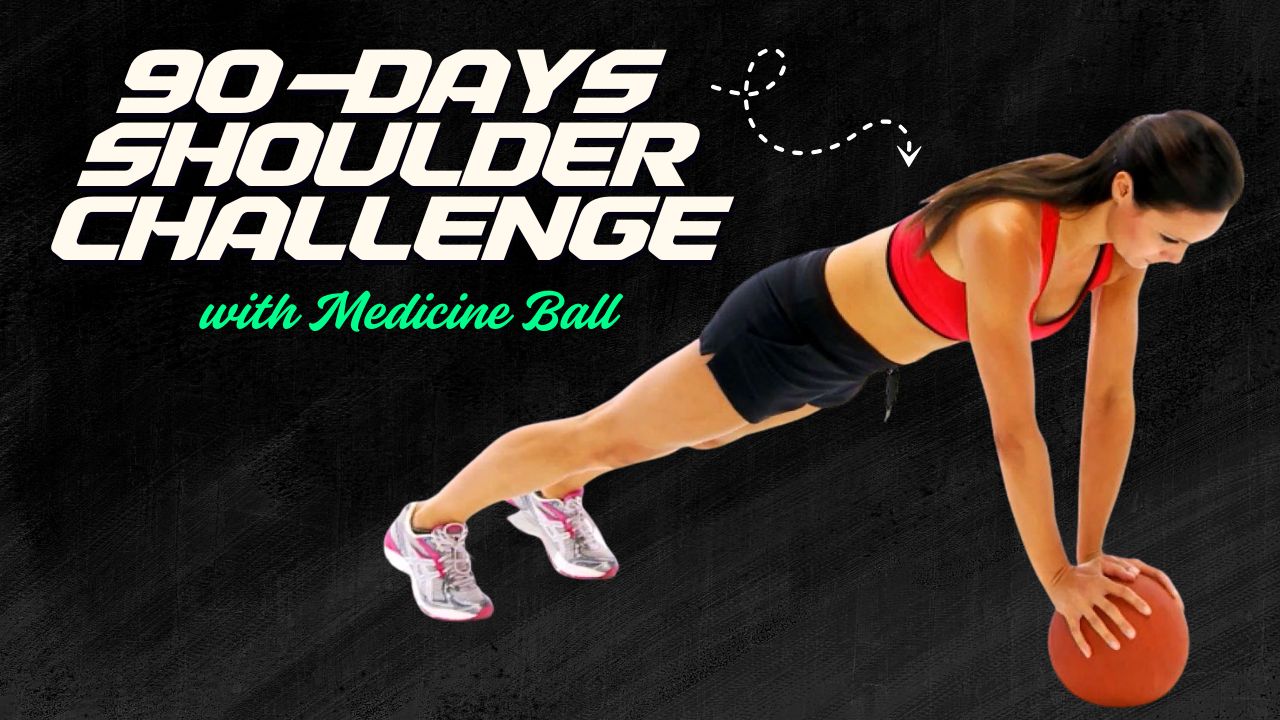Say Goodbye to Love Handles: Sculpt Your Core with Kettlebell Precision
Ever wonder why crunches alone aren’t enough to reveal that chiseled V-taper?
Your obliques—the side pillars of your core—often get sidelined.
Yet, they are the real secret to a defined waistline, better balance, and spine support. Here’s the truth: if you want a sculpted midsection and enhanced functional strength, targeting your obliques with kettlebells is a game-changer.
Kettlebells add dynamic resistance and instability, which forces your core—especially your obliques—to engage harder and deeper.
From rotational moves to lateral stability builders, this list of kettlebell oblique exercises will not only shred your waistline but improve posture, power, and mobility.
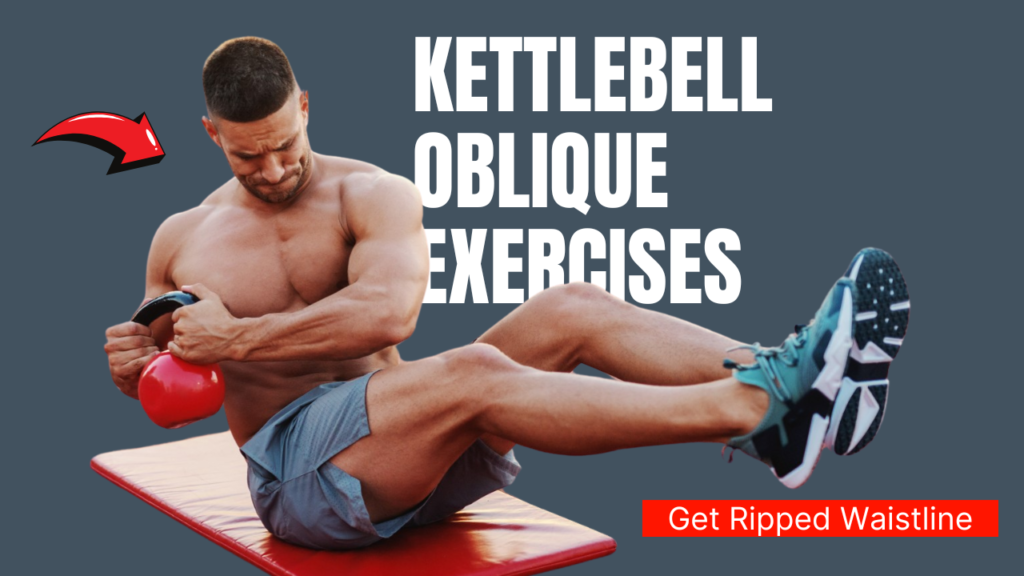
Table of Contents
What to Expect After 30 Days of Kettlebell Oblique Training
| Transformation Area | Expected Results |
|---|---|
| Waistline Appearance | Noticeable tightening and trimming of love handles |
| Oblique Definition | Increased muscle tone and visible side-ab definition |
| Core Strength | Stronger side-core muscles, making twisting and bending movements easier |
| Balance & Stability | Better coordination and balance in daily and athletic movements |
| Posture Improvement | Enhanced spinal alignment and reduced slouching |
| Fat Loss (With Diet) | Visible reduction in waist size when paired with proper nutrition |
| Functional Movement | Easier lifting, twisting, and carrying due to improved rotational strength |
| Workout Endurance | Increased stamina and ability to complete more reps or heavier sets |
| Mind-Muscle Connection | Greater awareness and control of your oblique muscles during movement |
| Confidence Boost | Feeling leaner, stronger, and more in control of your fitness journey |
Also Read: Sculpt a Bigger Chest: 12 Barbell Exercises for Explosive Growth
Do’s and Don’ts of Kettlebell Oblique Exercises
| Do’s | Don’ts |
|---|---|
| Start with a manageable kettlebell weight | Don’t sacrifice form for heavier weights |
| Warm up your core and shoulders before starting | Don’t skip warm-up or mobility drills |
| Focus on controlled and smooth movements | Don’t use momentum or swing the kettlebell wildly |
| Engage your core throughout each exercise | Don’t let your lower back arch or your hips twist incorrectly |
| Keep your breathing steady and purposeful | Don’t hold your breath during movements |
| Use a mirror or record yourself to check form | Don’t assume your form is correct without feedback |
| Train obliques 2–3 times per week, allowing rest days | Don’t train obliques daily—avoid overtraining |
| Combine oblique training with overall fat-loss strategies | Don’t expect spot-reduction of fat from oblique exercises only |
| Modify exercises if you feel pain (not muscle burn) | Don’t push through sharp pain or discomfort |
| Stay consistent and track progress over time | Don’t get discouraged if results take a few weeks |
1. Kettlebell Russian Twists
How to:
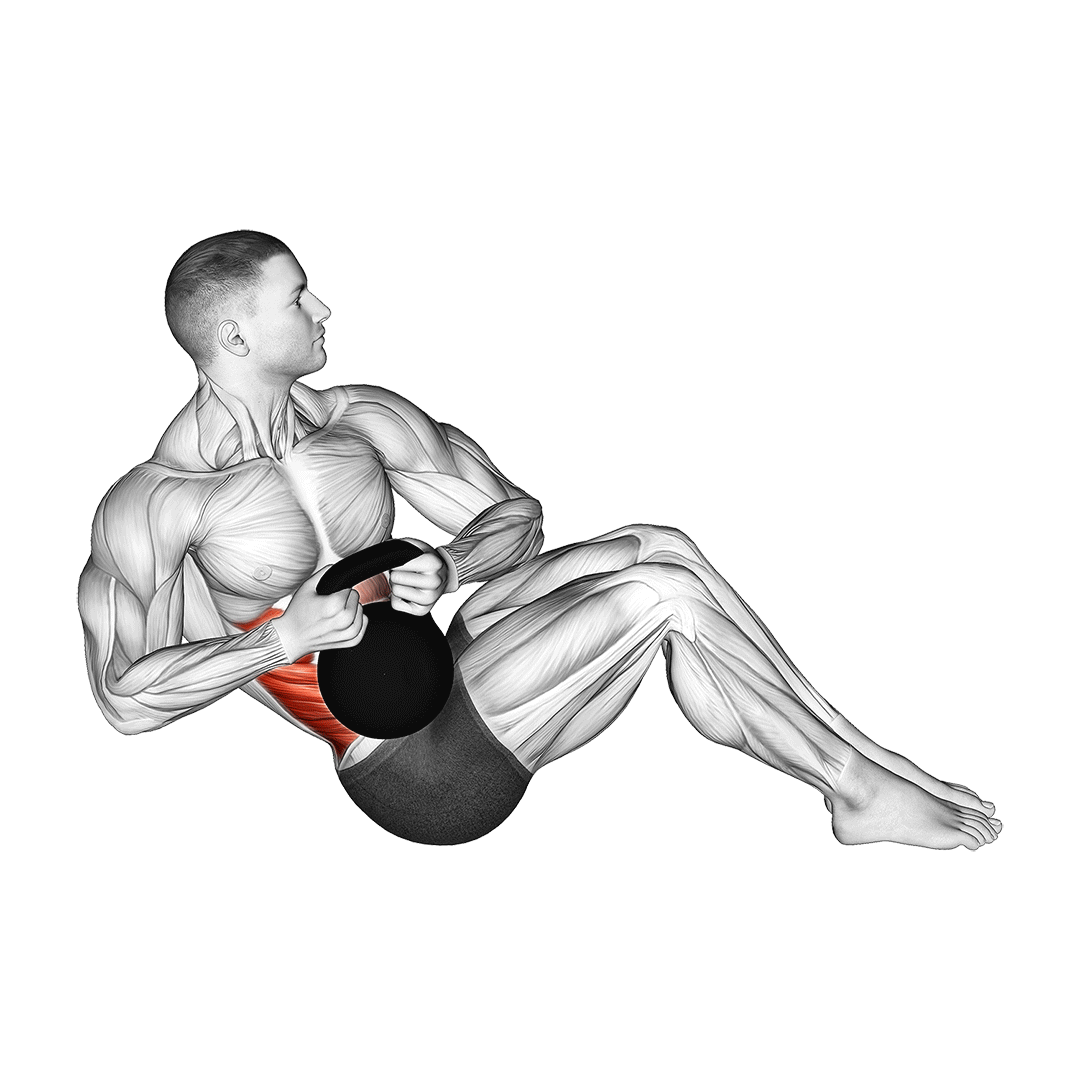
- Sit on the floor, knees bent, feet off the ground.
- Hold a kettlebell with both hands at chest level.
- Twist your torso left, then right, keeping the kettlebell close.
- Control the motion—avoid swinging.
Benefits:
- Burns love handles.
- Engages deep rotational core muscles.
- Enhances spine mobility.
Also Read: 13 Best Dumbbell Hamstring Exercises for Stronger, Leaner Legs
2. Kettlebell Woodchoppers
How to:
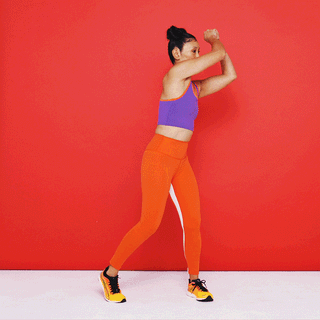
- Stand with feet shoulder-width apart.
- Hold a kettlebell with both hands above one shoulder.
- Diagonally swing it down across your body toward the opposite knee.
- Return to start and repeat.
Benefits:
- Builds rotational power.
- Targets both upper and lower obliques.
- Improves trunk control.
3. Kettlebell Side Bends
How to:

- Stand tall with a kettlebell in one hand.
- Slowly bend sideways at the waist, lowering the kettlebell.
- Squeeze the obliques to return to upright.
- Switch sides after reps.
Benefits:
- Isolates and strengthens obliques.
- Improves side-to-side stability.
- Excellent for symmetry and balance.
4. Kettlebell Windmills
How to:
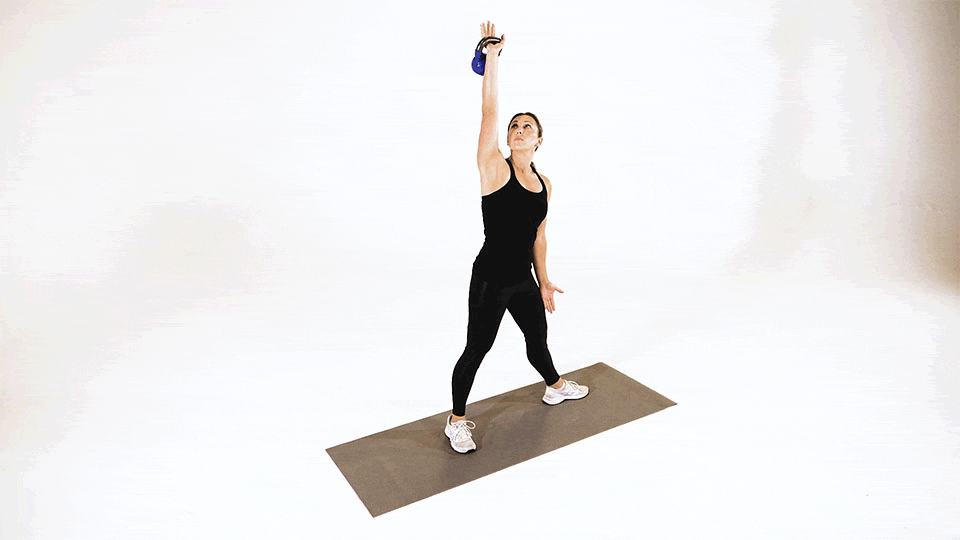
- Hold a kettlebell overhead with one arm.
- Rotate your feet at 45 degrees away from that arm.
- Slowly lower your torso sideways, reaching toward your opposite foot.
- Keep your eyes on the kettlebell the entire time.
Benefits:
- Trains core stability and flexibility.
- Enhances shoulder and oblique control.
- One of the best full-body core exercises.
Did You Know?
Windmills date back to ancient Greek training methods and were used to improve warrior mobility and armor endurance.
Also Read: 12 Oblique-Toning Dumbbell Exercises That Carve Your Side Abs Fast
5. Kettlebell Renegade Rows with Twist
How to:
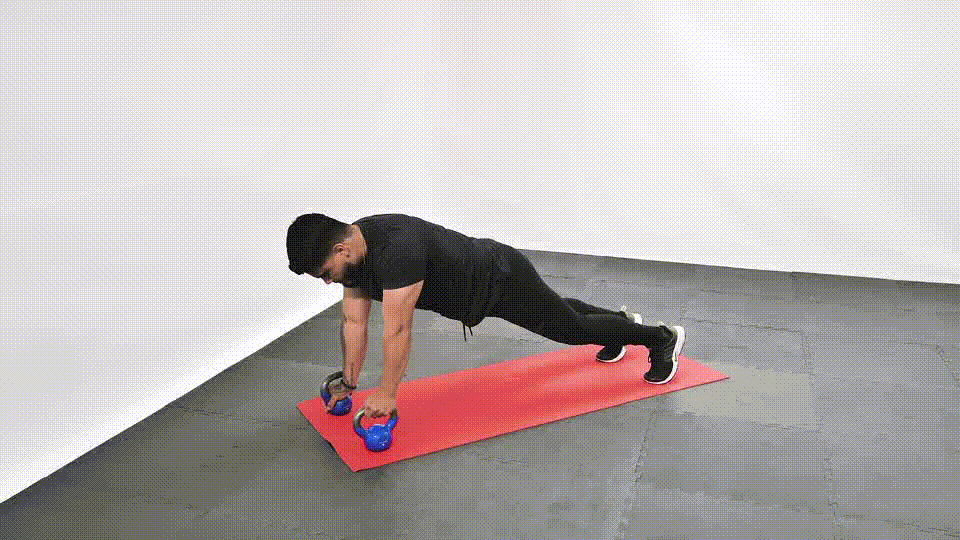
- Get into a plank position with both hands gripping kettlebells.
- Row one kettlebell while twisting your torso to open the chest.
- Return to the plank and repeat on the other side.
Benefits:
- Combines anti-rotation and dynamic strength.
- Targets obliques, lats, and shoulders.
- Increases core control under pressure.
6. Kettlebell Standing Oblique Pulls
How to:
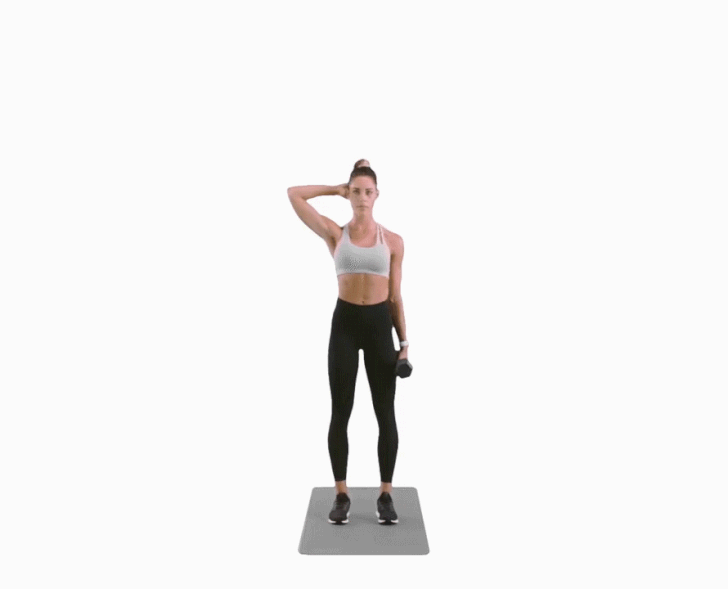
- Hold the kettlebell overhead with one arm.
- Crunch sideways, pulling elbow down to your side.
- Feel the squeeze in your oblique.
- Perform all reps on one side before switching.
Benefits:
- Works the obliques through a contraction range.
- Improves overhead stability.
- Great for defining the waistline.
7. Kettlebell Cross-Body Swings
How to:
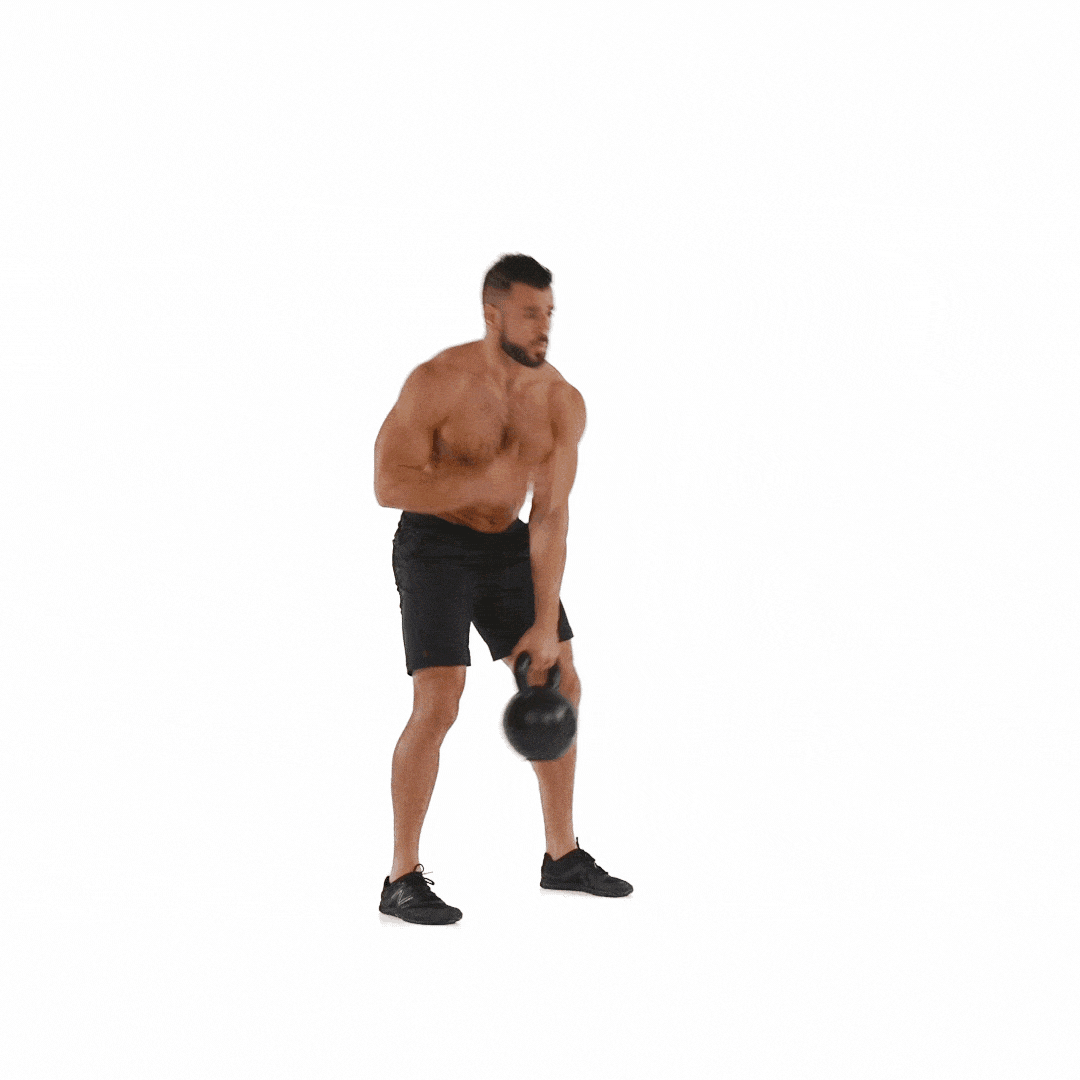
- Stand wide with the kettlebell in one hand.
- Swing it from one side of your hip diagonally to the opposite shoulder.
- Use your hips and core—not arms.
Benefits:
- Targets the obliques through dynamic movement.
- Builds explosive rotational strength.
- Excellent calorie burner.
Myth-Buster:
Many think swings are just for glutes and hamstrings—but when done cross-body, your obliques are firing non-stop!
Also Read: From Average to Alpha: 14 Dumbbell Workouts for Bigger Biceps
8. Kettlebell Side Plank Pull Throughs
How to:
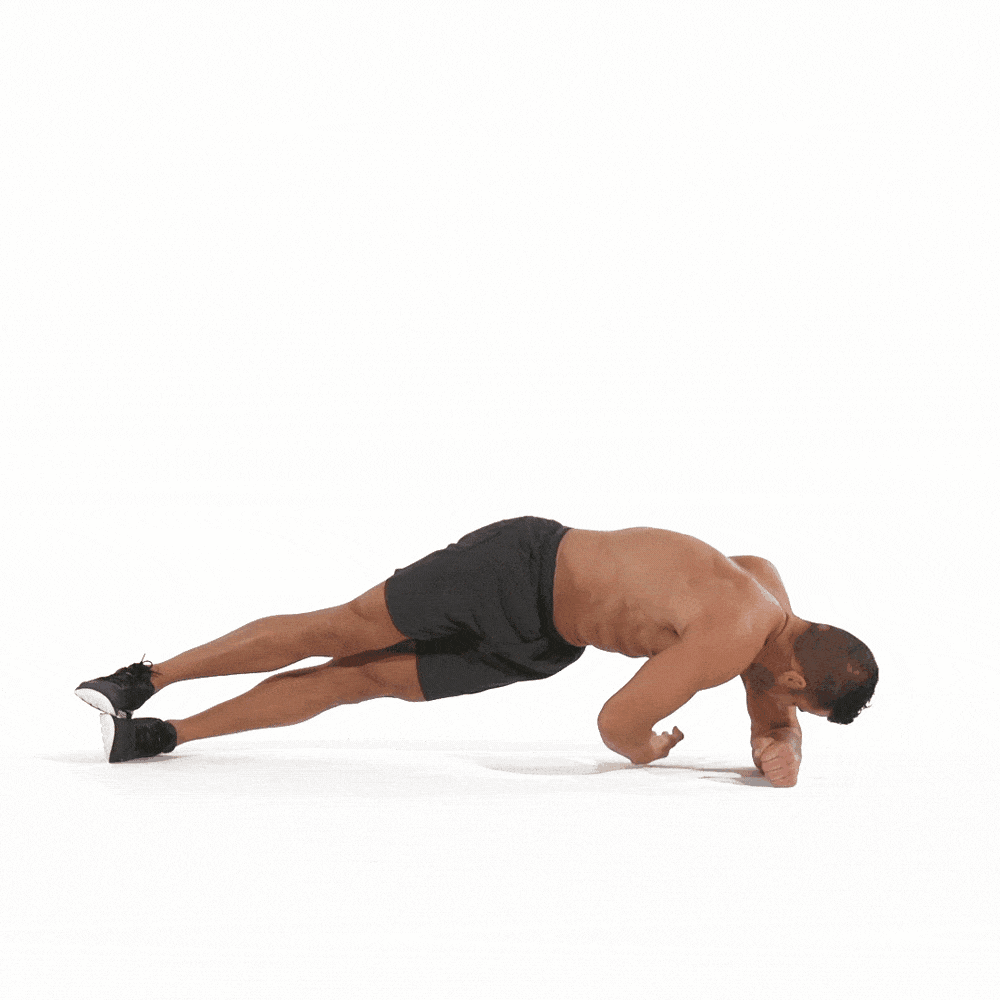
- Get into a side plank with a kettlebell under your torso.
- Reach under your body to drag the kettlebell across to the other side.
- Keep hips elevated and stable.
Benefits:
- Enhances core tension and anti-rotation strength.
- Isometric hold + dynamic challenge = oblique torch.
- Boosts shoulder and core stability.
9. Kettlebell Seated Side Crunch
How to:
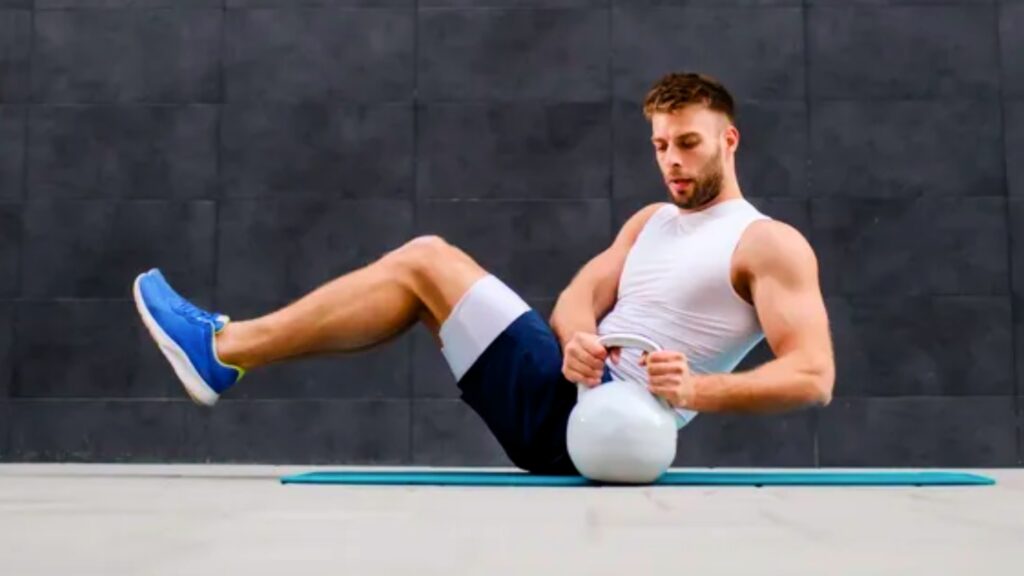
- Sit on the floor, knees bent.
- Hold the kettlebell to your chest.
- Crunch sideways toward one hip, feeling the contraction.
- Alternate sides.
Benefits:
- Shortens and strengthens side abs.
- Safer than standing side bends for some people.
- Perfect for burnout sets.
10. Kettlebell Around-the-Worlds
How to:
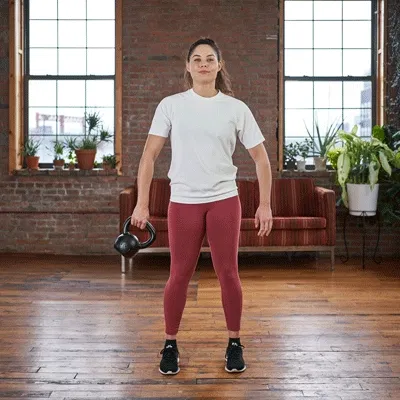
- Stand upright, feet shoulder-width.
- Pass the kettlebell around your waist in a circular motion.
- Keep your core tight—don’t let your hips shift.
Benefits:
- Improves coordination and core endurance.
- Engages all layers of the obliques.
- Fun and fluid finisher.
Fun Fact:
This move mimics ancient rotational shield drills used to build endurance in medieval warriors.
Also Read: 13 Dumbbell Chest Workouts That Build Size & Definition Fast
Final Words: Time to Cut That Core
Training your obliques isn’t just about getting shredded—it’s about building a powerful, functional midsection that supports every movement you make.
With kettlebells, you’re not just isolating muscles—you’re integrating strength, coordination, and mobility into one compact workout.
So if you’re tired of boring side crunches or static planks, these 10 powerful kettlebell oblique exercises are your next evolution. Train smart, train dynamic—and watch that waistline shrink and sculpt.
Frequently Asked Questions (FAQs)
Can kettlebell workouts really reduce love handles?
Yes, when combined with proper nutrition and overall fat-burning workouts. Kettlebell oblique exercises strengthen and define your waist muscles, but to see that “ripped” look, you need to reduce overall body fat through a mix of strength training, cardio, and a healthy diet.
How often should I train obliques with kettlebells?
2–3 times per week is ideal. Your obliques need time to recover like any other muscle. Training them a few times a week with 48-hour gaps in between allows optimal results without overtraining.
What size kettlebell should I use for oblique workouts?
Start with 8–12 kg (18–26 lbs) for beginners and adjust as you gain strength. The focus should be on form and control, not swinging a heavy weight. For rotational and anti-rotational movements, moderate weight is more effective and safer.
Do I need to do all 10 exercises in one session?
No. Select 4–6 exercises per session. You can rotate through different ones on different days to keep the workouts fresh and target the obliques from multiple angles.
Can beginners do these exercises safely?
Absolutely—with proper form and light weight. Focus on controlled movements and avoid rushing. If you’re unsure, consult a trainer or start with bodyweight variations before progressing to kettlebells.
Are kettlebell oblique exercises enough for core strength?
They’re an excellent addition, but not the only solution.
Include front-core exercises (like planks), posterior-chain work, and compound lifts for a complete core routine.
Will these exercises make my waist bigger?
No, not if done correctly. Oblique exercises tone and tighten the muscles. They won’t bulk your waist unless you’re lifting extremely heavy and training for hypertrophy in that area—something most people don’t do by accident.
Can I do kettlebell oblique workouts at home?
Yes!
All you need is a kettlebell and enough space to move freely. These workouts are highly home-friendly and effective even in small spaces.
What’s the difference between working obliques with kettlebells vs. bodyweight?
Kettlebells add resistance and challenge your core stability more dynamically. They engage deeper core muscles and often require balance, coordination, and grip strength—making your workouts more effective.
How long does it take to see results in my waistline?
Typically 4–8 weeks with consistent training and clean eating.
Results depend on your starting point, diet, and training frequency. Stay consistent and progress will follow.
